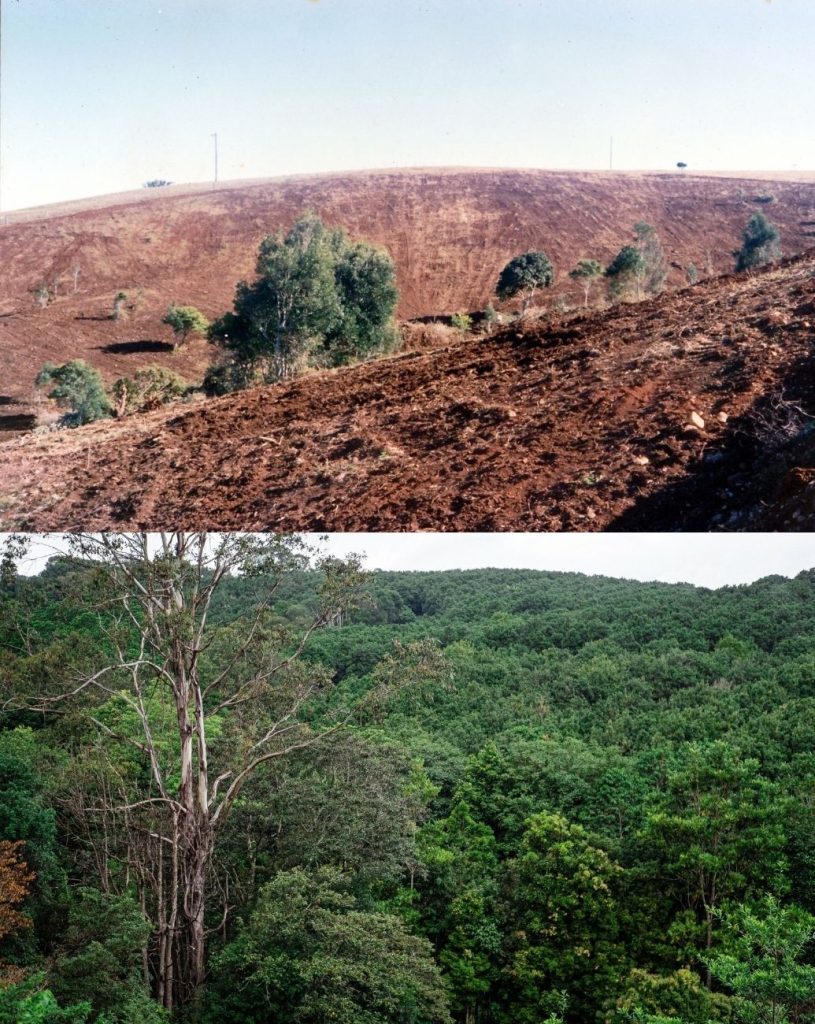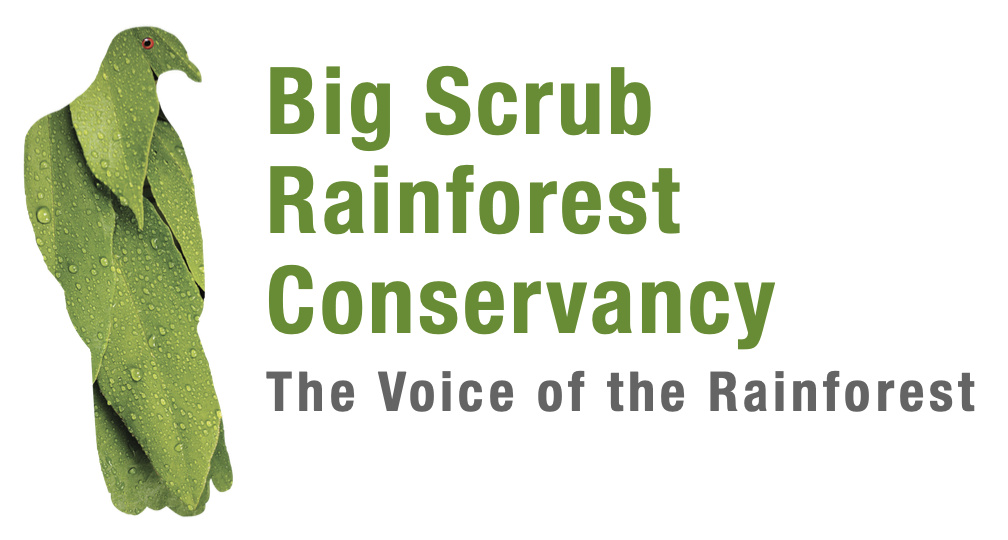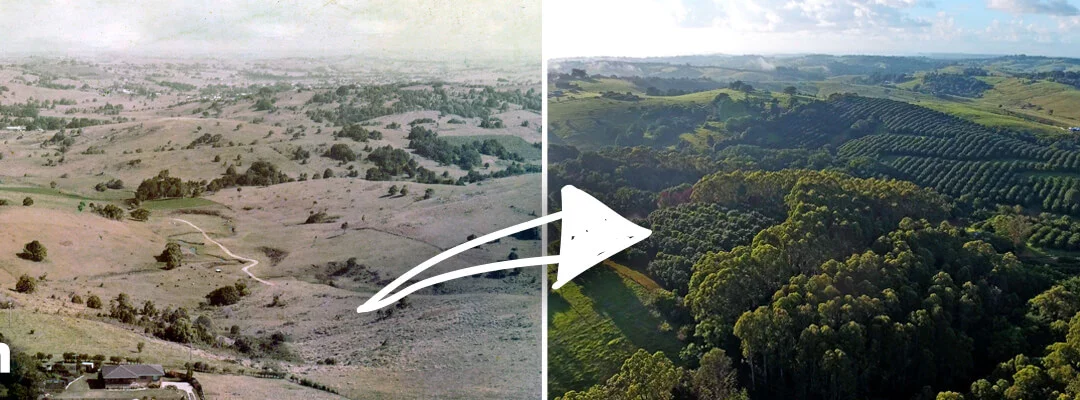Brookfarm’s transformation from desolate farm to towering rainforest
In 1989, Pamela and Martin Brook purchased a run-down dairy farm in the Byron Bay hinterland to live their dream of moving to the country. Over the decades since, they tirelessly converted the desolate farm into a thriving orchard, hilltop distillery and towering rainforest – an achievement that must have been difficult to envision at the time.
The transformation began with trips up from Melbourne, where Pamela ran a dental practice and Martin worked in film and TV. During what was a period of economic downturn, the family would make a handful of trips up each year, with sons Will and Eddie put to work planting and weeding. Over a span of 30 years, the family oversaw a complete transformation of the land, planting over 4,000 macadamia trees and more than 35,000 rainforest trees and natives.
It was the family’s belief that regenerating the native rainforest, which descends 40-million years to the rainforests of Gondwana, was of crucial importance to establishing a sustainable and responsible farming business. That mantra fuelled the development of Brookfarm, and more recently Cape Byron Distillery and We The Many.

Settlers to the area weren’t always so environmentally minded, however. When Europeans began inhabiting northern NSW in the 1880s, they were issued a governing imperative to clear the land to create industry and food supply. This resulted in an ancient rainforest of over 75,000 hectares – the largest expanse of lowland subtropical rainforest in the country – being cleared to 1% of its original size. Today, this ecologically significant rainforest, which still contains the highest proportion of Gondwana-descendant species of any rainforest in Australia, exists in small remnants between Byron Bay, Ballina and Lismore.
Upon learning of this decimation, the Brook family undertook planting that has regenerated an 18 hectare patch of native forest. Many of the canopy species are reaching mature size, providing habitat for up to 100 threatened species that call the Big Scrub home, as well as the 17 botanicals used in Brookies Gin. The results are testament to the Brook family’s devotion to caring for the land and building sustainable business that adds value to the community and environment.
Many other landowners in the area are following a similar path, with hundreds involved in Big Scrub Rainforest Conservancy’s Rainforest Re-establishment Program. Since beginning almost 30 years ago, the program has seen around 2.5 million trees planted to create over 600ha of new rainforest, increasing the size of rainforest in the region by almost 70%. Martin Brook spent many years as vice-president of Big Scrub Landcare and continues to serve in a volunteer role on the executive committee.
The efforts of the Brook family are a legacy with significant impact on the conservation of our precious natural environment, and an inspiration to generations to come.
By Chris Byrne, Communications Manager, Big Scrub Rainforest Conservancy. Original version of story published in Byron Magazine.


